Fujifilm X100V long term review
-
-
Written by Gordon Laing
This is my long-term review of the Fujifilm X100V, a camera that’s become a bit of a modern classic, not to mention a regular companion on my own trips for several years now.
I know there’s a lot of Fuji-fans here, so most of you will also be aware of the camera’s notoriety, with a perfect storm of mid-life popularity, global component shortage, and something to do with a pandemic resulting in one of the hardest cameras to buy for some time. Demand well outstripped supply and while the situation is improving, at the time of writing, the X100V remained back-ordered at many big retailers. If you want one now, smaller stores or the used market would be your best bet, but you may want to hang on a bit.
As the X100V approaches its fourth birthday, a successor is inevitable, surely arriving sometime in 2024 and sporting one of Fujifilm’s latest sensors. In fact by the time you read this, a new model may already be on sale and reviewed on this very site – and once that happens, I will of course link to it here. But even with a successor in the wings, I think it’s still worth talking about what makes the X100V special, why so many people love it, and equally talk about what it doesn’t do so well and why it – or indeed the series in general – may not be right for you. It’s all in the video below, but if you prefer to read the written highlights, keep scrolling!
I published my original Fujifilm X100V review when it first came out in early 2020 and thought it was the best in the series to date. I always enjoyed the concept, but found the lens in older versions was a bit soft, especially at the closer distances and larger apertures I’m fond of using. The X100V’s updated lens greatly improved this, while also sporting the latest sensor, adding some weather sealing, and accommodating a tilting screen so flush to the body the mechanism was almost invisible.
As someone who enjoys fixed lens compacts and tries to travel as light as possible, I was tempted to get one for my own personal use, but was still drawn to the greater perceived flexibility of models like the Sony RX100 VII. After all, the Sony is not only smaller, but packs an 8.3x optically stabilised zoom and a screen that can not only angle up, but all the way forward for those who want to vlog. Sure the sensor is smaller, but few would argue the Sony isn’t better-featured overall.
But unless something really is only a tool to get a job done, you should buy with your heart as much as your head, and the simple fact is, while the RX100 VII ticks all the boxes on specs and (along with its predecessor) joined me on several trips, I just didn’t connect with it personally or enjoy using it that much. I can still recommend it as one of the best all-round pocket cameras, but it just didn’t work out for me personally.
So I decided to give the X100V another try and ended up enjoying it so much, I’ve taken it on every trip for the last two and half years as my main travel camera. In fact if you follow my Instagram account, you’ll see my feed has mostly been from the X100V for several years now. So as I talk about it, I’ll show you some of the photos from those trips, and all (apart from that one astro shot) are JPEGs straight out of camera without any adjustment.
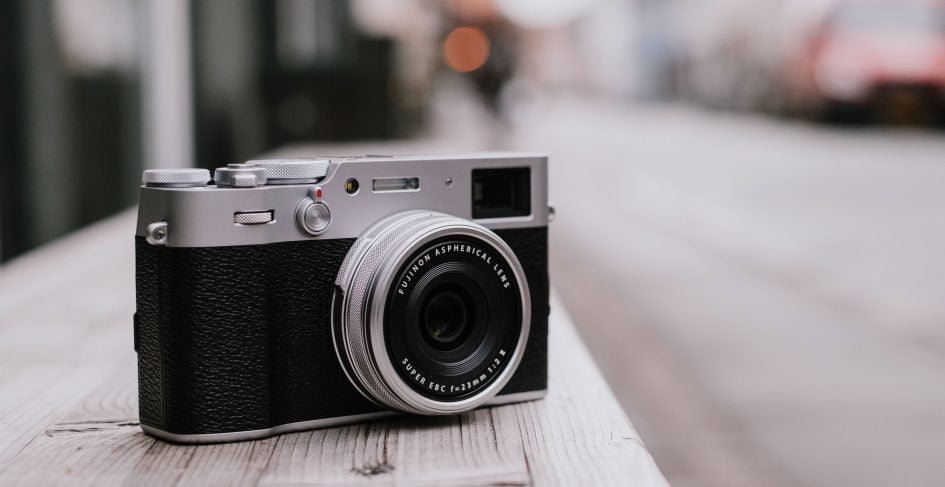
What I love about the X100V starts with its size. As I get older, I’m less inclined to travel with larger cameras and a selection of lenses, unless I’m shooting a special event that requires them. For my normal trips, I just want the smallest camera that will deliver the quality and control I’m after. By that I mean a noticeable step-up over my phone or an action camera, as if it can’t do that, what’s the point? Both the RX100 and X100 series will do that, as well as providing the viewfinders I prefer to compose with, so what drew me to the Fujifilm over the Sony?
Well it’s a number of factors, starting with the moment I take either camera out of my bag or pocket: the RX100 may be smaller, but I simply prefer the look and feel of the X100V. Now this is an entirely personal thing, but not only do I love the design of the X100V, it actually inspires me to take it out and shoot. It’s one of those cameras you begin to enjoy as soon as you see it, and you also look forward to taking photos with it.

This is an often over-looked aspect of any camera, as one may top the tests or have the best specs in its peer group, but if you don’t actually enjoy or look forward to using it, you’re not going to get much use out of it. And again while the X100V is substantially larger and heavier than the RX100, it’s crucially still small and light enough to be carried with you at all times.
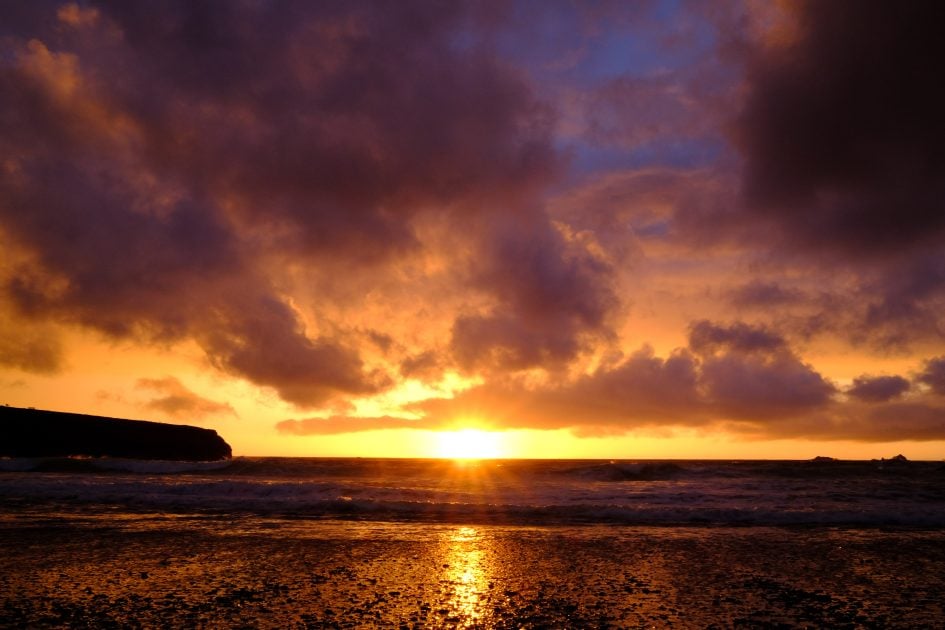
Indeed to discourage me from lugging around unnecessary weight, my day pack is now a tiny shoulder bag from EastPak which has enough room in the main compartment for a half liter bottle of water and the X100V. In fact I can also squeeze in a GoPro Hero under the X100V for vlogging or really poor conditions.
As a shoulder bag, it’s not going to be as comfortable as a proper backpack, but at around 1kg fully-loaded with my camera and water, it’s not putting much strain on my back and crucially like all shoulder bags can also be carried on my front for security and easy access. And that access in turn means you won’t miss any photo opportunities.

Moving onto image quality, the X100V sports Fujifilm’s fourth generation X-Trans sensor and processor, delivering 26 Megapixel photos with a choice of Film Simulations. Again it’s a personal choice, but I’m very satisfied with the output from Fujifilm’s cameras, with JPEGs I’m happy to use without further processing.
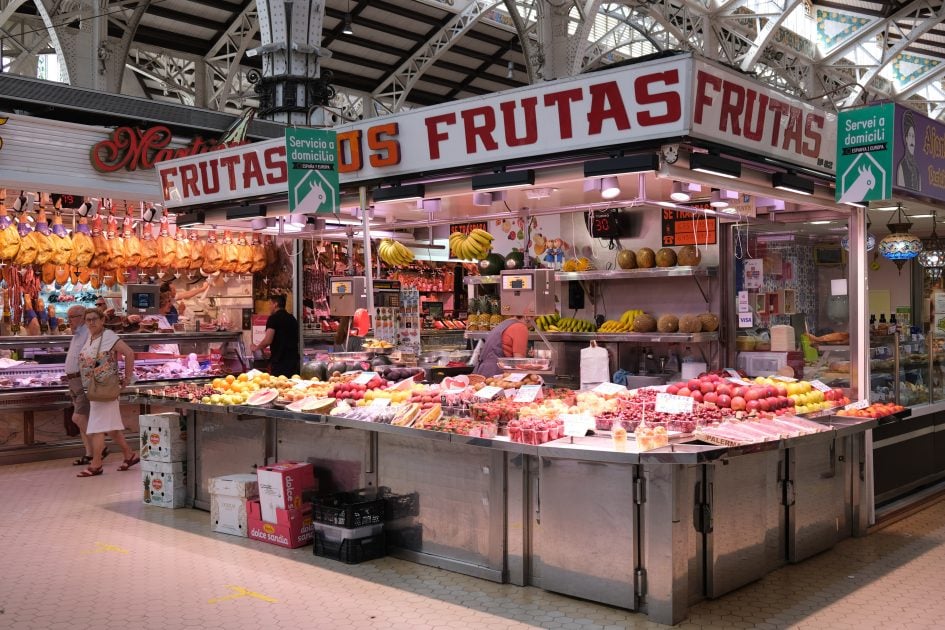
If I want high contrast black and white I choose ACROS. If I’m after punchy saturation, it’s time for Velvia, and for a muted retro look, maybe Classic Chrome or Astia if it’s a portrait.
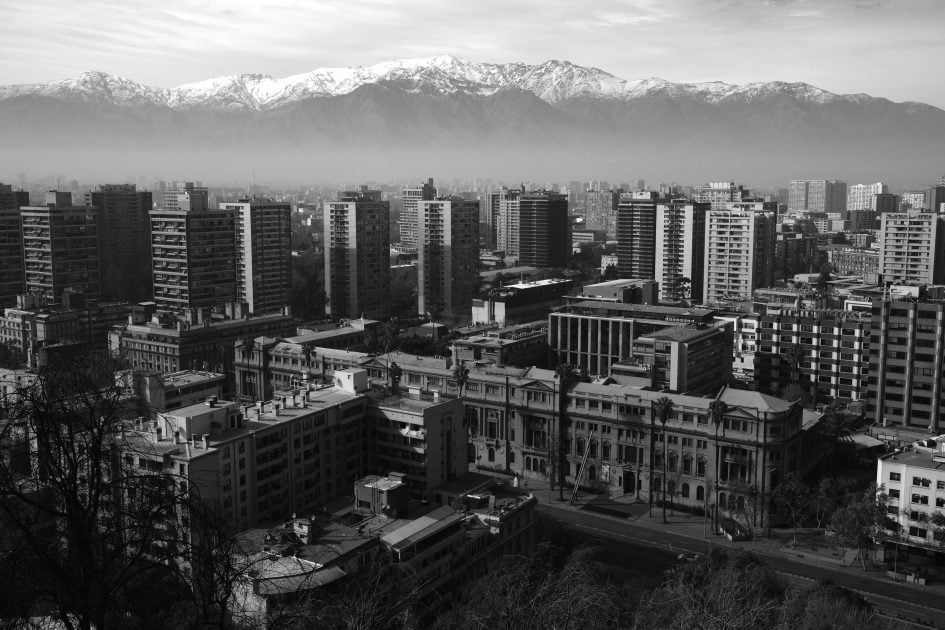
But even the standard Provia simulation looks good for most subjects and if you shoot in RAW, you can easily make duplicate versions with different simulations applied in playback. Of course the same sensor and processing is available in many Fujifilm cameras, so what makes the X100V different?
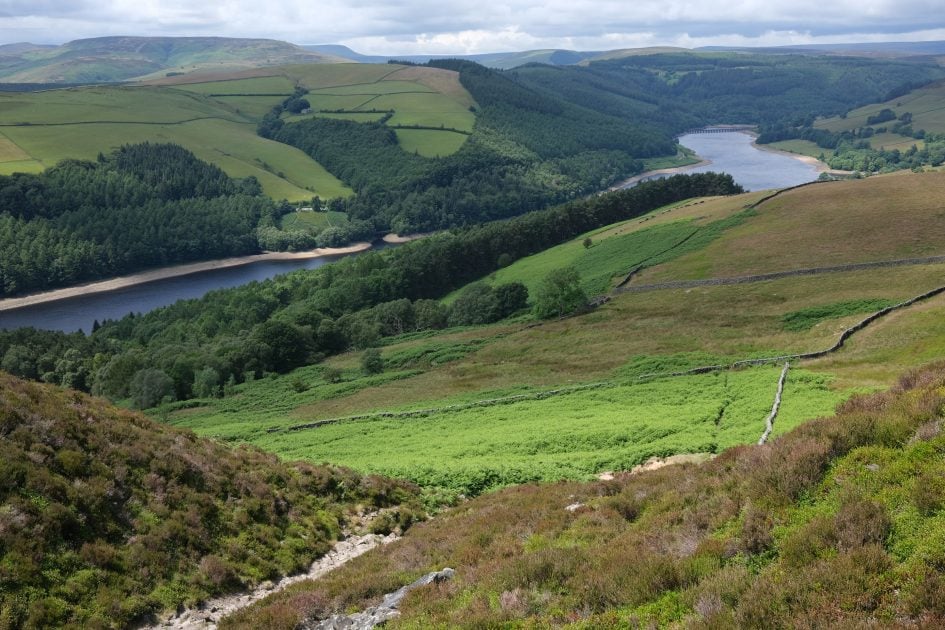
It is of course the lens, and this is a critical part of the X100 series as it’s a fixed prime. Long ago Fujifilm decided a 35mm equivalent lens was the way to go for the X100 series and this will either please or annoy you depending on your preference and whether you’re Chris Nicholls.
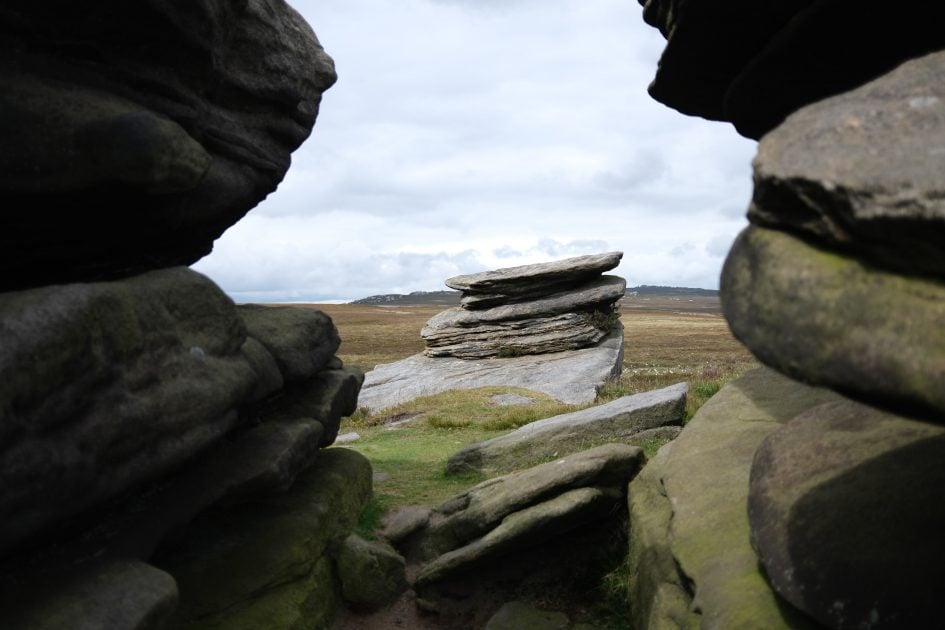
35mm is undoubtedly a vanilla focal length, neither wide nor long, but if you have only one lens, it’s the one I’d personally go for. It’s wide enough for most landscapes, buildings and interiors, long enough for environmental portraits, and arguably perfect for street photography. It’s also wide enough to get away without stabilisation, at least for stills.

If I want wider coverage, I either use the Panorama mode or ideally take four or five shots in a row with the intention to stitch them together later.
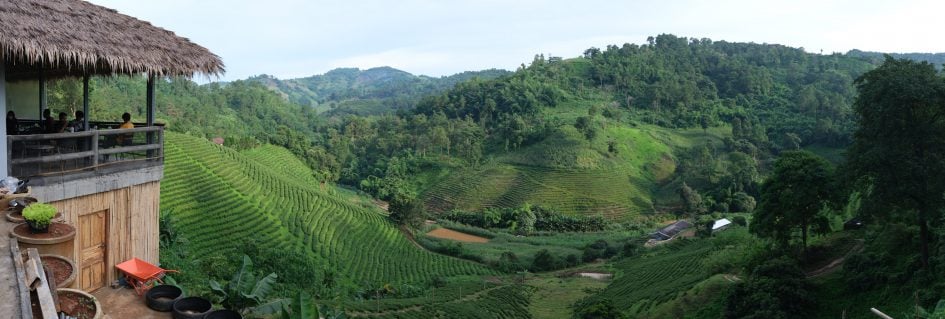

Tighter coverage is of course more of a challenge and I occasionally find myself spotting a view that would look great with a short to medium telephoto. Fujifilm does offer lens converters which transform the coverage to roughly 28 or 50mm equivalent, but both greatly add to bulk and if you’re going down that route, I think it makes more sense to buy one of Fujifilm’s smaller bodies with an interchangeable lens mount.
So in the absence of optical conversion, the only way to achieve tighter coverage is with a crop, during which you’ll of course lose quality quickly. This is why a future body with, perhaps, the new 40 Megapixel sensor could be nice as it provides more latitude for cropping, but ultimately if you choose a fixed prime compact, this is the compromise you’ll need to deal with.
But conversely a fixed lens can be a benefit. Personally I like how they encourage me to explore more angles and positions, invariably giving a more interesting composition than if I’d just stood still and zoomed.
Where the X100V’s lens takes a lead over phones and other compacts though is the f2 aperture, in turn allowing for some separation around subjects.

It’s subtle, but on portraits from the waist or chest up you can achieve a little blurring in the background, and if you’re able to exploit the minimum focusing distance to get closer to details, you can enjoy satisfyingly shallow depth of field effects.
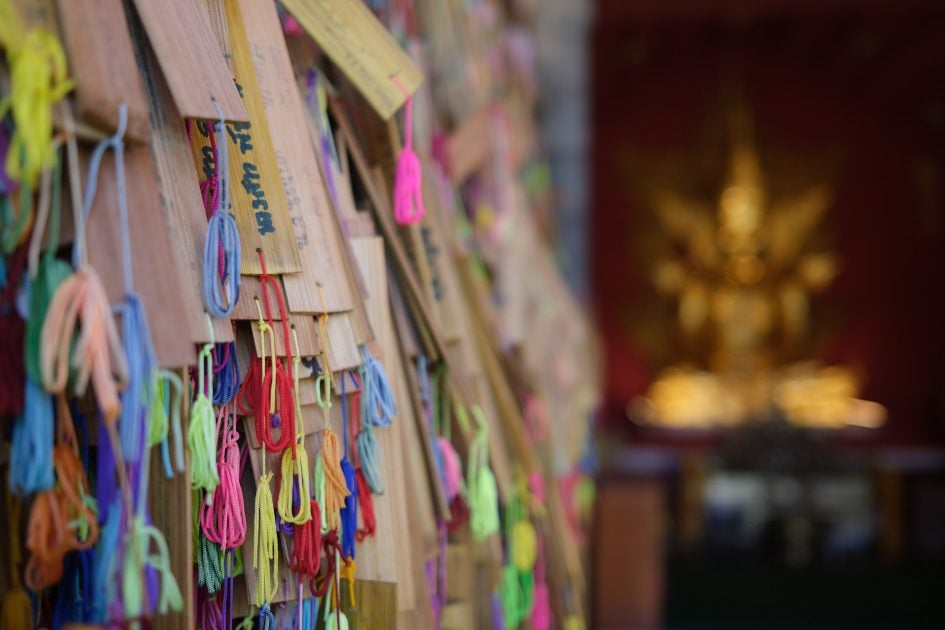
I was never able to achieve any meaningful blurring from the RX100 VII, so this is an important benefit to the X100V for me, and I don’t actually yearn for anything more in this regard.

As I mentioned earlier, the lens on the X100V is also pretty sharp even at f2 and I personally prefer its results compared to the XF 23 f2 on one of the interchangeable lens models.
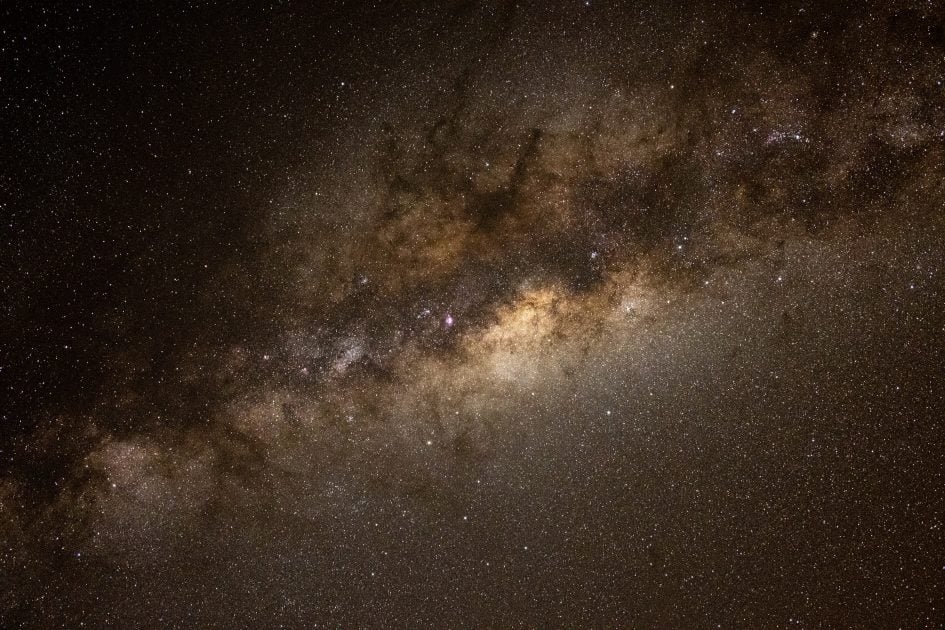
Above: I was also surprised to find it could deliver reasonable-looking star images if you point it up at the night sky. The corner sharpness does benefit from being closed a stop to f2.8, but the images remain reasonably clean even at high ISOs. This was a RAW file with the levels tweaked.
I also like the leaf shutter and while I rarely exploit the fast flash sync capabilities, I do appreciate its quietness – this can be a very discreet camera in use.
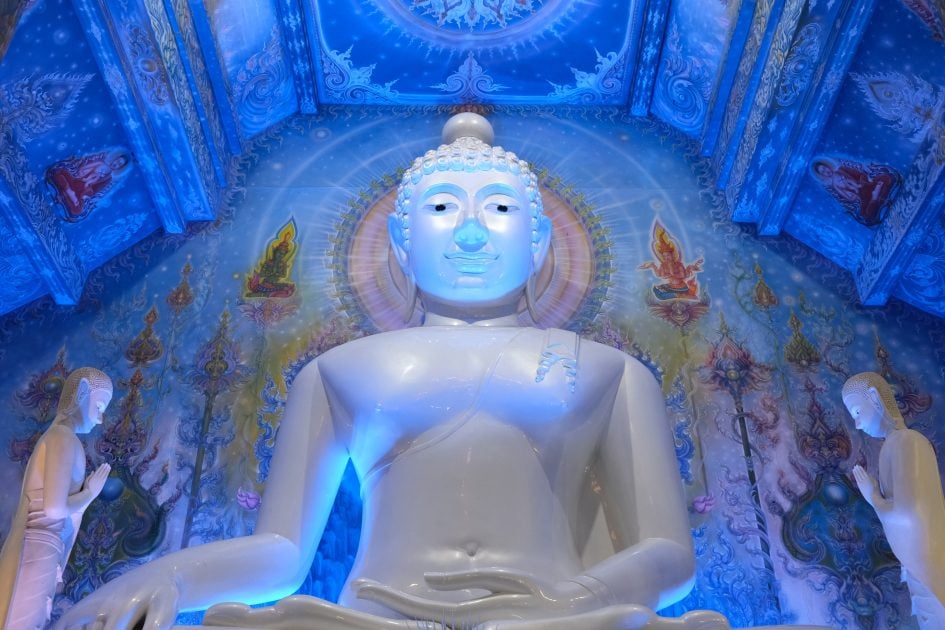
Alright, that’s enough of the love fest – what don’t I like about the X100V, having used it as my main camera for the past few years? Well, maybe it’s my fingers or grip, but every time I take it out of a bag, I always seem to have accidentally turned the EV dial or powered it on by mistake. The sleep mode takes care of the power, but I do have to check the dial before taking photos to avoid unpleasant surprises.
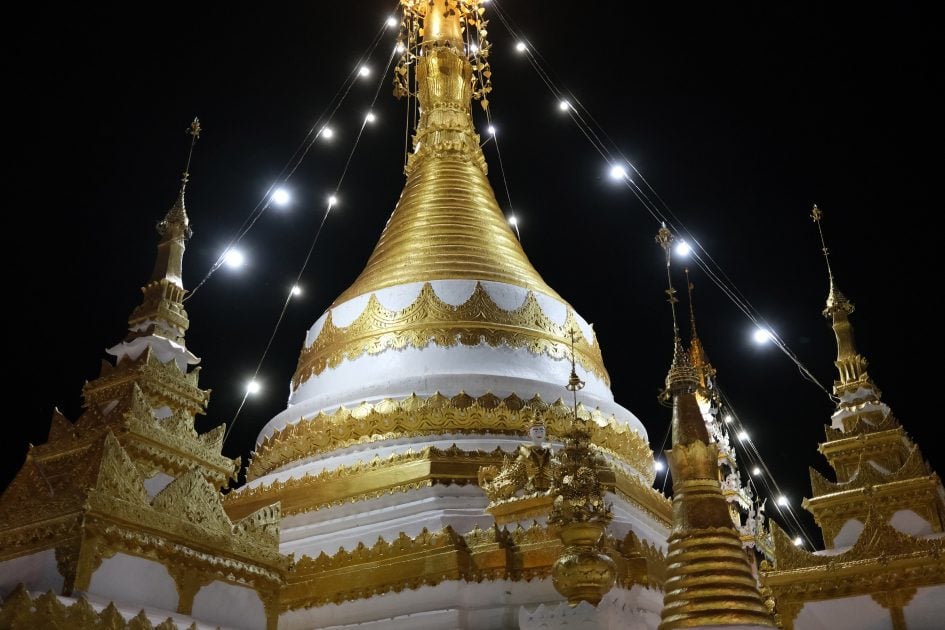
The compact battery inevitably means fairly modest life, and I’m willing to accept that for a camera of this size, but I have found myself caught out by the camera’s Wifi gobbling it up while trying to connect and transfer images to my phone.
Fujifilm’s app is gradually improving, but for me it’s still infuriatingly unreliable at making a connection and transferring images to my Android phone. It works maybe every fourth or fifth time for me personally, but each failed attempt gradually consumes more battery, especially if you have it set to transfer at power-off. I’ve found myself with a completely drained battery at times, and only saved by a spare or an emergency topup over USB. So unless you have more luck than me, use the Wifi with caution.
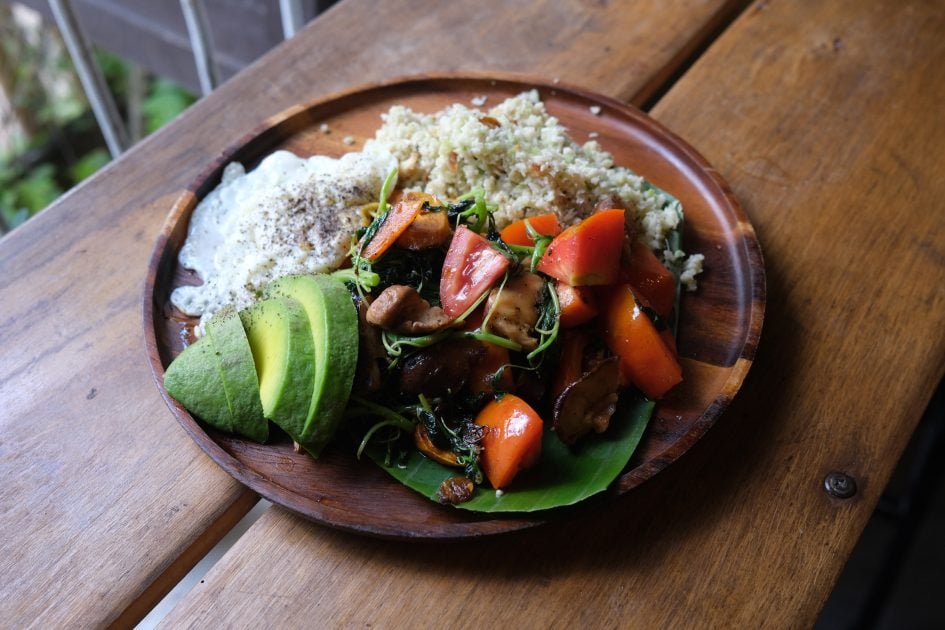
As I mentioned earlier the panorama mode is a great way to capture wider scenes, but I often have highly variable results from it, with some ruined by multiple banding, even when I’ve locked various settings.
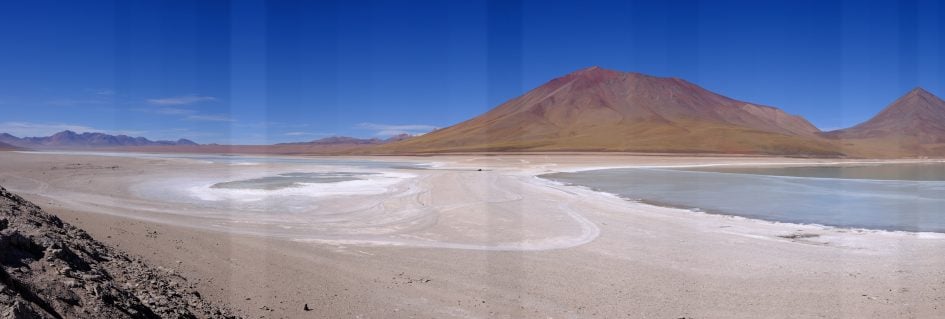
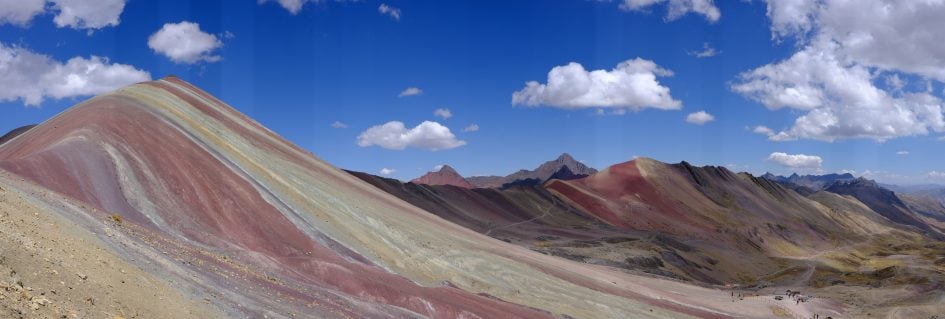
It’s also a little annoying to have a camera that’s only weatherproof if you buy and attach an optional lens accessory. I appreciate the lens physically extends and having the accessory built-in would make it thicker, but it would be nice to have a proper solution out of the box. That said, I’ve never owned these accessories nor had any issues with the standard body.
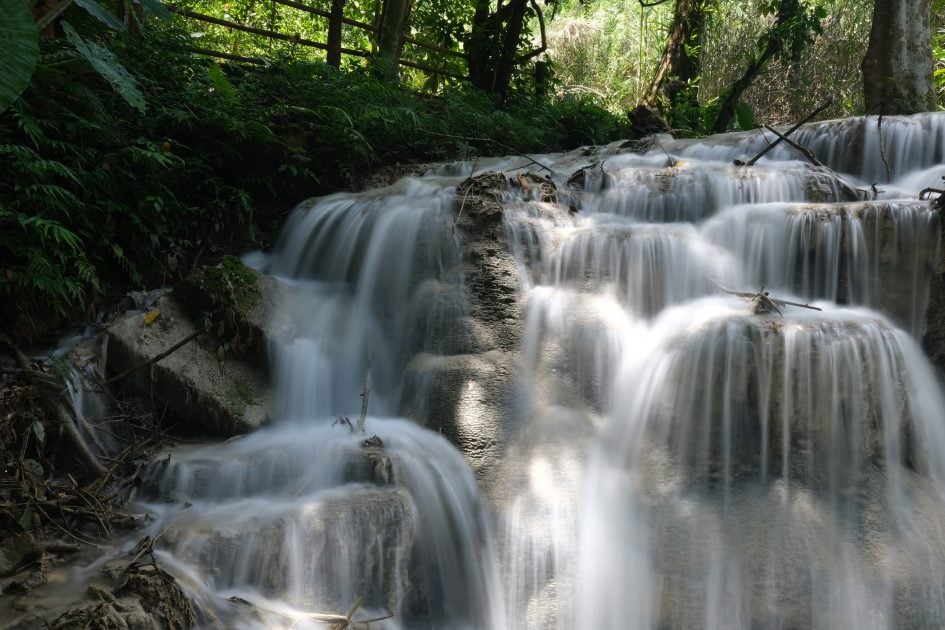
And I realise this will be considered blasphemy by the X100V disciples, but – I don’t actually use the optical viewfinder. I’ve tested it in my reviews and appreciate the technology, but for my personal work, I just use the electronic viewfinder mode.
As such there’s always this knowledge the camera includes an expensive feature I rarely if ever use. It could be more affordable with an EVF only, but how many would this alienate or upset? Maybe they should make two versions.
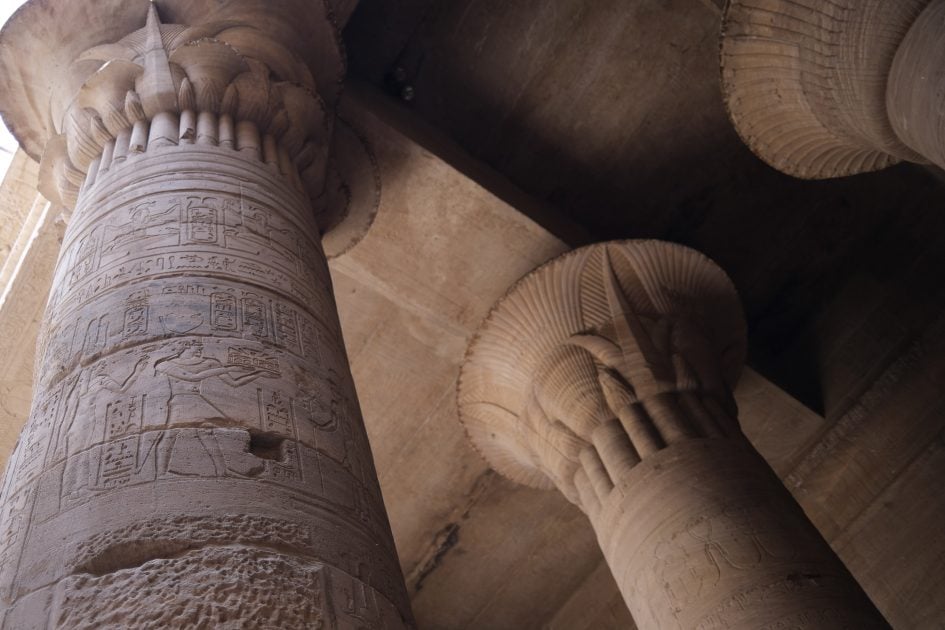
Which brings me to possible upgrades for future models. What would I like to see going forward? Well this is a tough one, as after ten years of evolution, the X100V has got a great deal right and while there are some obvious things missing, adding them could compromise the overall look, feel and handling of the camera.
Most obviously how about a zoom lens? It would give the X100 greater flexibility, but I wouldn’t want it if it made the lens dimmer or softer, or the camera larger and heavier. As mentioned earlier, I’m fond of the purity of a fixed prime, but if the engineers can make a small, light and decent 24-50 f2-2.8 lens, I could be converted.

Likewise for IBIS or optical stabilisation. I just don’t need it for stills at 35mm equivalent, and while it is useful for video, you’re unlikely to handhold at this focal length. Maybe a gyro could be fitted to implement digital IS for video, but again it’s not on my wish-list.
I’ve already mentioned the modest battery life, but again I wouldn’t want a longer life if it impacted the body size and weight.
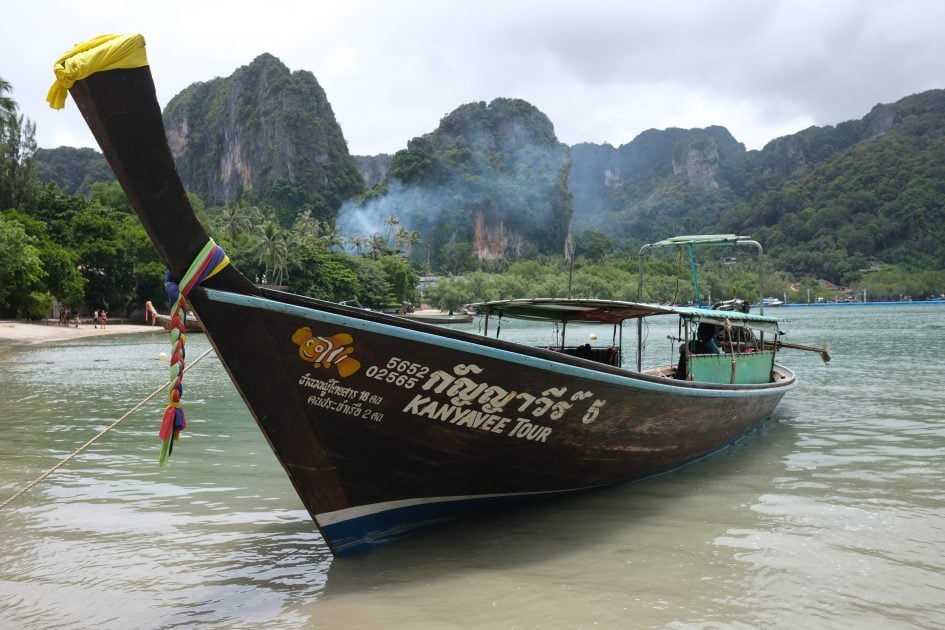
Same for a screen that could angle forward. Since the focal length rules out handheld filming, you’ll be generally using a tripod, so could always use your phone or a monitor to preview the composition. And I also think if the vertical tilt was swapped for a side-hinge, there’d be a riot at the House of Photography.
In terms of fixing what doesn’t work well right now, I’d say full weather-sealing without accessories and a reliable phone app.
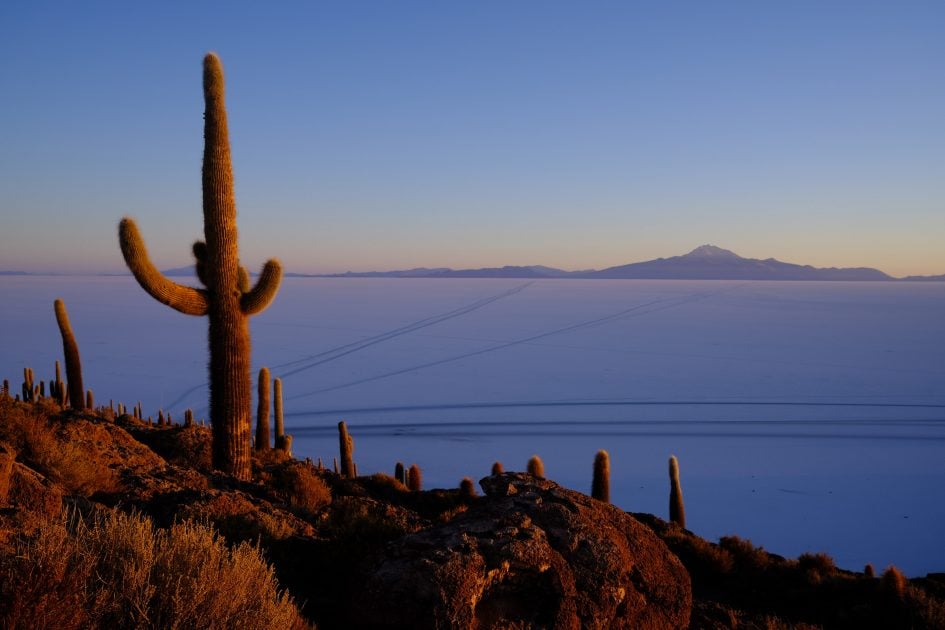
Which only really leaves the sensor and processing which, on a future model, will inevitably employ the latest parts. Assuming the lens can handle a higher resolution sensor – or is upgraded to do so – then the 40 Megapixel X-Trans V will certainly provide more latitude for cropping.
In fact if cropping does become integral to the operation, a future model could always have a slightly wider lens to start with, like a 28 or even a 24 equivalent. So long as it could still give a decent result at 35 and ideally 50 equivalent, then I’d be very happy to have the option of wider native coverage for both stills and video.
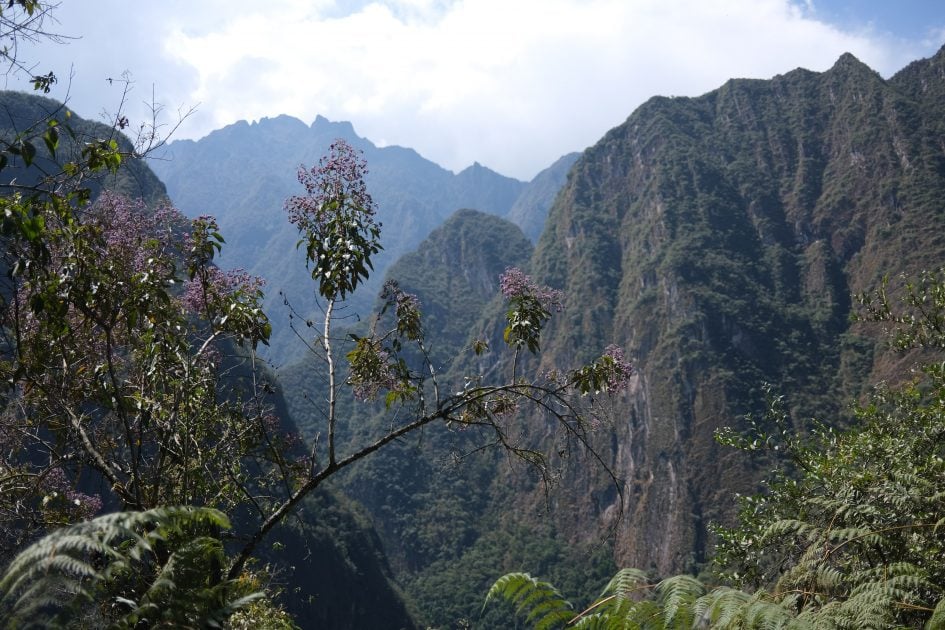
So that’s it really, the X100V is already close to being my ideal travel camera. As I noted above, there’s several ways it could be upgraded in terms of spec, but I wouldn’t want anything that increased the size, weight or price. So would I still buy an X100V today? Even four years after launch it remains the best choice for my own requirements and I still think it’s worth the original retail price, albeit not the jacked-up figures some have tried to scalp us for. But I would now wait at least until mid-2024 before buying one as surely a successor will be announced by then, allowing you to decide which model is better for you.
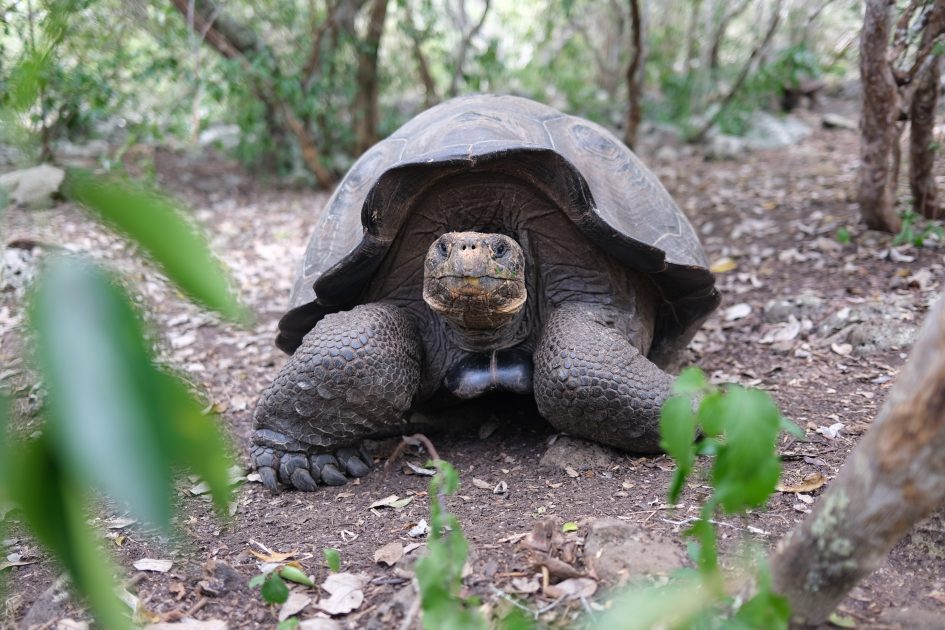
But one thing’s for certain: the demand and love for the X100 series surely proves there’s a small but passionate market for fixed lens compacts. We’re always told phones have killed the compact market, but I still think there’s demand for premium options at a more affordable price than Leica, and I’d love other manufacturers to revive discontinued lines.
How about successors to the Panasonic Lumix LX100? Or the Canon PowerShot G1X? And what about you Sony, the RX100 VII is getting on for five years old now, while the RX1r II is now eight! Or how about if Nikon actually put the DL 18-50 concept camera into production? And as for Fujifilm itself, what about a new version of the X70? I’d love to see all of them on the market.
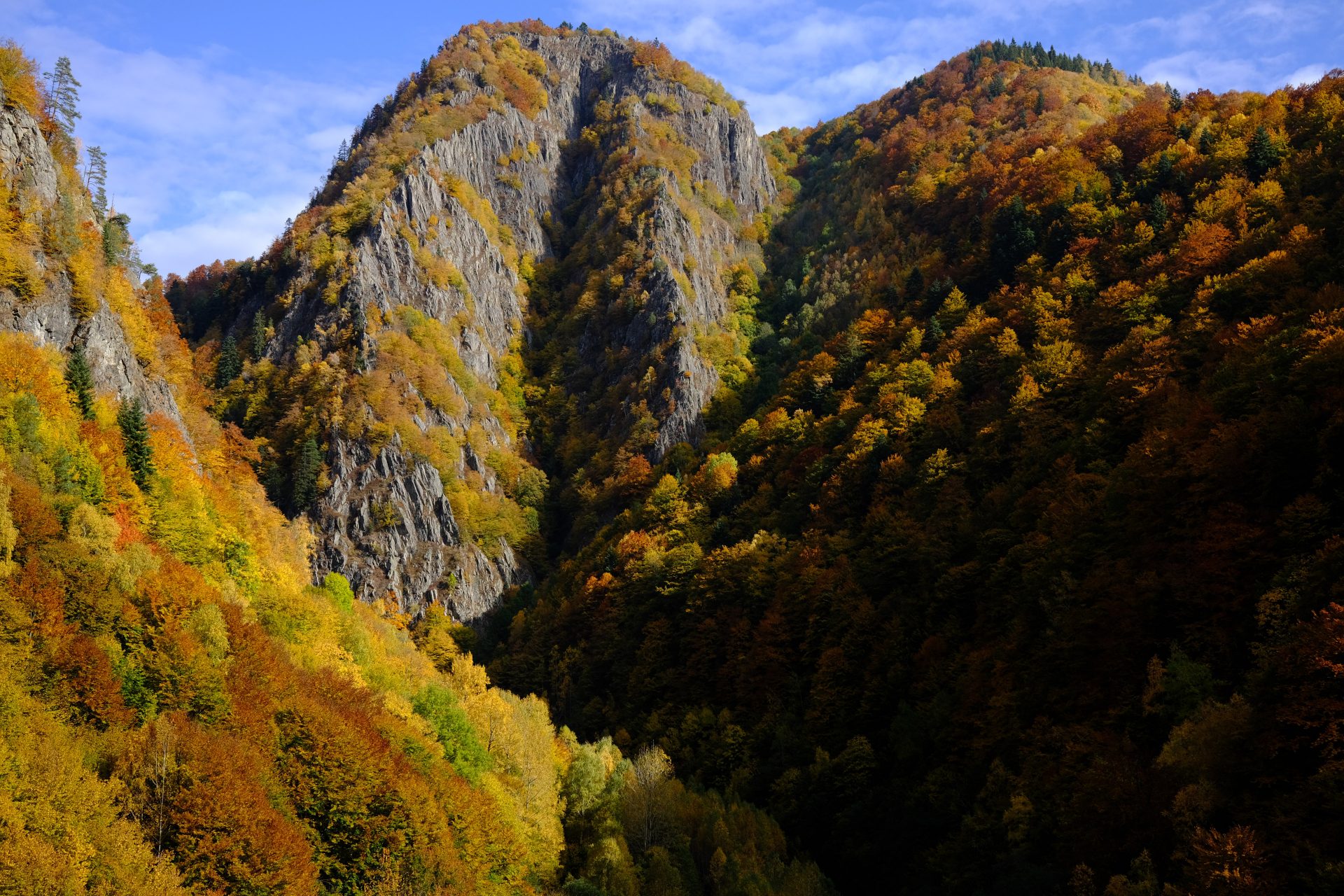
PS Fujifilm fans might also enjoy my In Camera photography book, where around half of the images are from older X-mount cameras, all JPEGs out of camera
Check prices on the Fujifilm X100V at B&H, Adorama, or Wex. Or find a used model at MPB. Alternatively get yourself a copy of my In Camera book or treat me to a coffee! Thanks!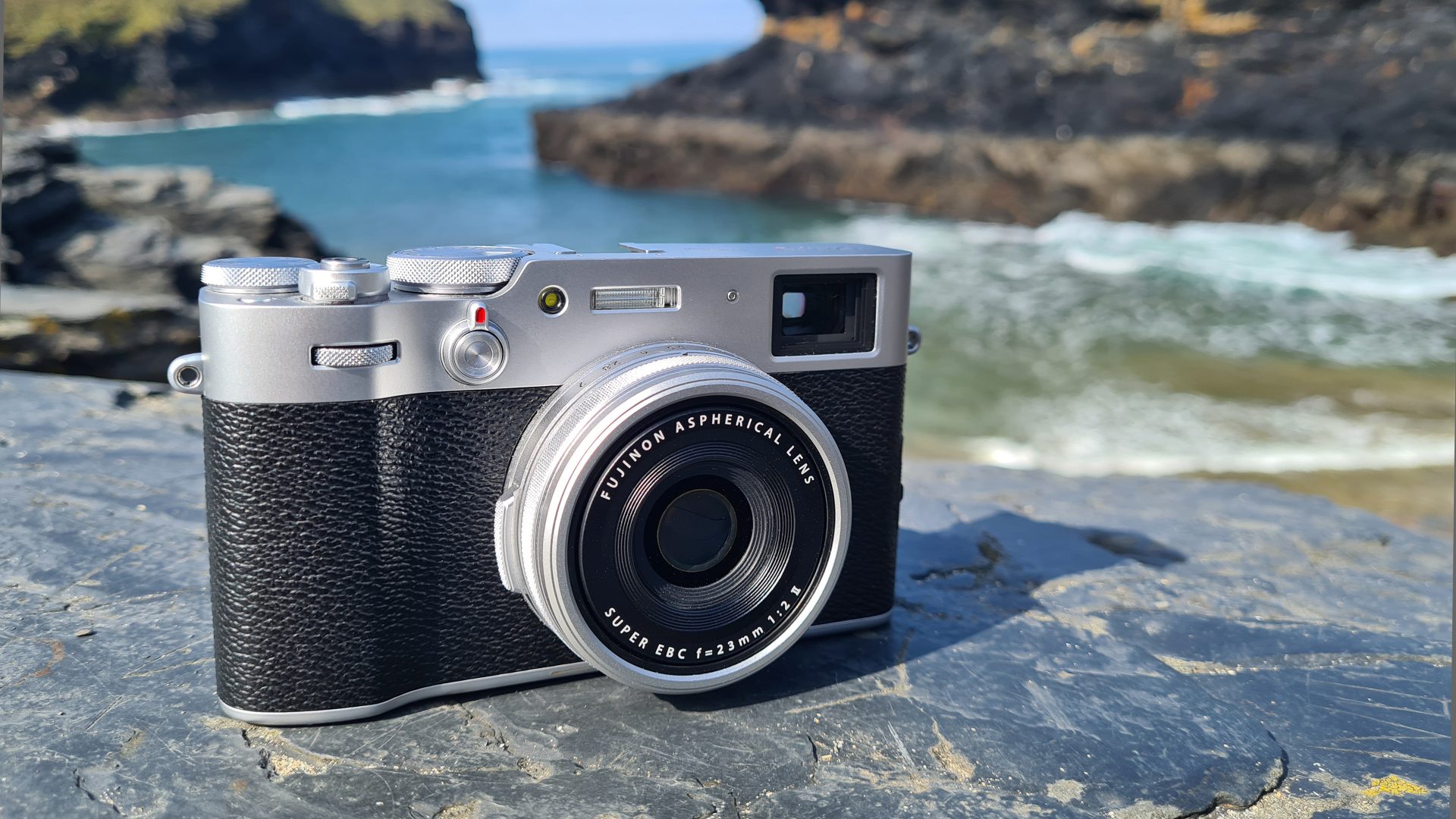
 I published my original Fujifilm X100V review when it first came out in early 2020 and thought it was the best in the series to date. I always enjoyed the vintage-styled fixed-lens concept, but found the optics in older versions were a bit soft, especially at the closer distances and larger apertures I’m fond of using. The X100V’s updated lens greatly improved this, while also sporting the latest sensor, adding some weather sealing, and accommodating a tilting screen so flush to the body the mechanism was almost invisible. Four years on it’s easy to identify what’s missing: stabilisation, a bigger battery and full sealing without accessories, but if they made the camera any larger or heavier, I wouldn’t personally want them. In fact with this in mind, it’s hard to think (beyond adopting the latest sensor and processor) how the X100 could become better-featured without compromising what made it so desirable. Would I buy an X100V today? Even four years after launch it remains the best choice for my own requirements and I still think it’s worth the original retail price, albeit not the jacked-up figures some have tried to scalp us for. But I would now wait at least until mid-2024 before buying one as surely a successor will be announced by then, allowing you to decide which model is better for you.
I published my original Fujifilm X100V review when it first came out in early 2020 and thought it was the best in the series to date. I always enjoyed the vintage-styled fixed-lens concept, but found the optics in older versions were a bit soft, especially at the closer distances and larger apertures I’m fond of using. The X100V’s updated lens greatly improved this, while also sporting the latest sensor, adding some weather sealing, and accommodating a tilting screen so flush to the body the mechanism was almost invisible. Four years on it’s easy to identify what’s missing: stabilisation, a bigger battery and full sealing without accessories, but if they made the camera any larger or heavier, I wouldn’t personally want them. In fact with this in mind, it’s hard to think (beyond adopting the latest sensor and processor) how the X100 could become better-featured without compromising what made it so desirable. Would I buy an X100V today? Even four years after launch it remains the best choice for my own requirements and I still think it’s worth the original retail price, albeit not the jacked-up figures some have tried to scalp us for. But I would now wait at least until mid-2024 before buying one as surely a successor will be announced by then, allowing you to decide which model is better for you.



